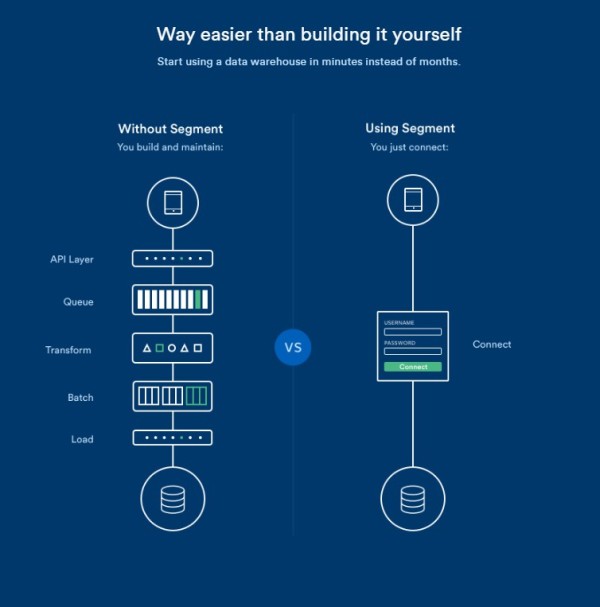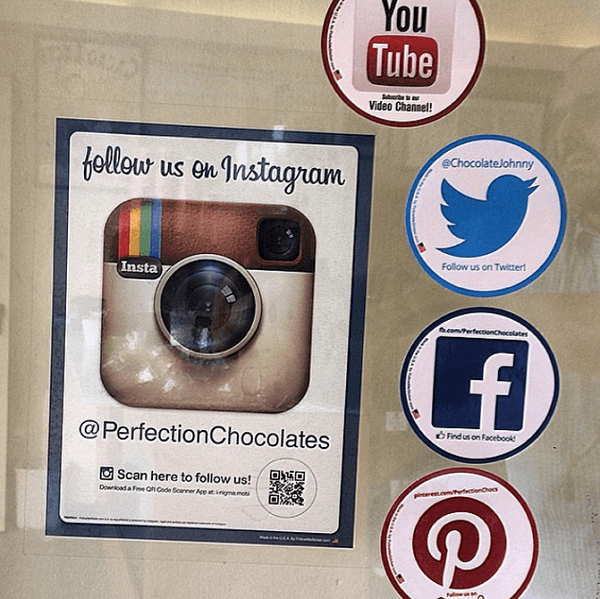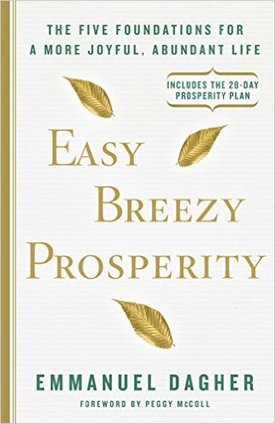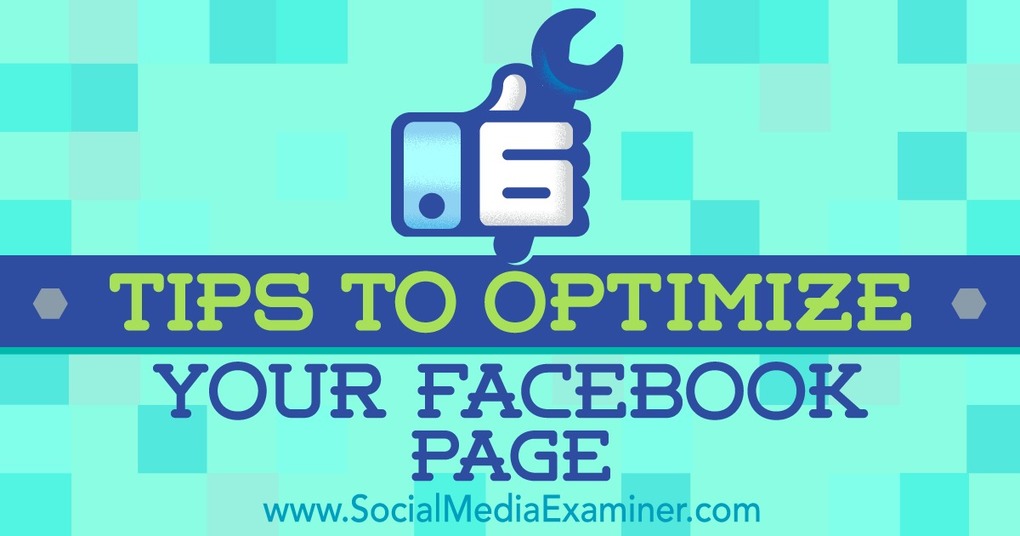
Earlier this year, LiquidPlanner CEO Liz Pearce shared her project management predictions for 2016. She explained that Agile – a popular set of methods and practices to help teams ship more work at a faster rate – will extend beyond software development.
“Agile is not just for software developers any longer – in fact, many departments and business leaders have implemented agile methodologies in an effort to accelerate business and product development,” Pearce told GetApp last February.
Sales managers can benefit from Agile as well. You juggle calls with prospects, customer meetings, lead scoring, and more – only to repeat the same cycle next quarter. Each customer relationship brings its own tasks, stakeholders, milestones, and scope.
All of this makes you a project manager – whether you’ve thought of yourself as one or not. And managing your sales projects with an Agile approach can help you achieve more in shorter periods of time.
This might not sound obvious at first. After all, the first Agile Manifesto was founded in 2001 by a group of 17 software developers. Software development has completely different goals, workflows, and skillsets than sales…right?

Incorporating Agile into your sales workflow makes sense when you realize that its core goal is to put customers first – something you do every day. The trick is to understand different Agile frameworks and choose the right one for your sales team’s workflow.
Here’s an overview of two Agile project management frameworks – and how to tell if either option is the right fit to manage your own sales projects.
Kanban
Have you ever viewed a Trello board? If so, you were watching Kanban project management. This framework was founded to manage hardware projects; Toyota started using it in the late 1940s to improve line production. Kanban – which means “visual signal” or “card” in Japanese – is a visual process which organizes a project’s steps into cards and columns that are defined by status. This helps project teams visualize project workflows; communicate effectively through clear visibility; and ship more work at a faster rate.

Any sales manager worth their salt knows that communication is key. Kanban offers a great way for sales teams to organize each stage of customer conversations. This might include one column to track initial inquiries, a second to track first meetings, a third for proposals, and so on.
Kanban also helps you track leads and organize them into columns based on status (assignment, capture, distribution, etc). This high level view tells your team which stage each opportunity is at. It also helps everyone divide, conquer, and close each quarter on a high note.
Pros:
- High visibility;
- Flexible workflow;
- Event-driven (rather than timeboxed);
- Ideal for use across several teams;
- Does not require planning or clearly defined roles.
Cons:
- Lack of timeframes can impede sales deadlines;
- Does not offer strong support for substantial changes (like high-level sales goals);
- Task ownership can become confusing due to the lack of clearly defined roles;
- Kanban’s “queuing system” means that tasks don’t progress unless a current piece of work is delivered. This can cause bottlenecks;
- Sprints (more on them later) can’t be organized into tasks using Kanban.
Consider Kanban if Your Sales Team:
- Does not work against rigid deadlines;
- Wants to create different workflows for inbound and outbound sales cycles;
- Needs to visualize and share sales workflows with marketing engineering, and other cross-functional teams;
- Needs to account for ongoing changes;
- Iterates work according to events (like customer conversations).
Before You Start with Kanban:
Define each project’s high-level goals and each person’s task ownership. This will give everyone on your sales and cross-functional teams the autonomy to make changes on the go without getting confused about who owns what.
Scrum
Does the Agile Manifesto resonate with you, but Kanban’s loose style makes you shudder? Scrum might be a great alternative. This framework’s backbone is user stories, which are meant to describe software features from an end user’s perspective.
Scrum allows teams to define their sprints’ details as a group. This often occurs during daily stand-up meetings, where each team member shares task status per project they’re working on. Each sprint is followed by a retrospective, where the team reflects on that sprint’s achievements and makes improvements as needed.
One of Scrum’s additional core benefits is how it allows customers to collaborate with product owners. This framework applies to a customer/sales rep relationship as well. As the sales rep, Scrum gives you the autonomy to own your team’s big picture goals and prioritize next steps per relationship to achieve those goals.
And since Scrum involves a set of strict guidelines and procedures, it’s ideal for folks who enjoy pattern recognition. Sales teams have used Scrum in the past to start predicting patterns early on in the sales cycle. When used effectively, Scrum can make it easier to estimate – and surpass – final sales numbers.

Pros:
- Provides a pre-determined structure that yields proven results;
- Offers a divide-and-conquer approach that is ideal for high performance teams;
- Facilitates constant dialogue, reflection, and iteration as needed;
- Fosters open communication with customers;
- Reduces risk by encouraging work sprints with short timeframes.
Cons:
- Demands strict adherence to a specific structure (you can learn more here);
- Requires experienced team members;
- Doesn’t react well to major changes (like losing a team member mid-project);
- Tough to implement across larger and/or cross-functional teams;
- Can value processes over people – which is far from ideal in sales.
Consider Scrum if Your Sales Team:
- Has nine people or less;
- Is highly experienced;
- Prefers to plan ahead and have clearly defined roles;
- Wants a framework to help iterate quickly based on customer feedback;
- Works on fast-moving projects.
Before You Start with Scrum:
Establish roles per person on your team. Scrum outlines adherence to three roles:
- Product Owner (the team lead who owns all project accountability);
- Scrum Master (the product owner’s adviser who owns the sprint goals);
- Team (a group of people with the autonomy to meet each sprint’s goals).
Kanban and Scrum are similar in some ways and distinct in others. But both frameworks can be highly productive if used correctly. The key is to be honest with yourself about your sales team’s current workflow. Neither framework is right for every team. But if you can incorporate either of them, the potential rewards for your team are limitless.

At Insightly, we offer a CRM used by small and mid-sized businesses from a variety of verticals. Learn about Insightly’s features and plans on our pricing page or sign up for a free trial.

 Lauren Maffeo covers trends in the project management, finance, and accounting software industries for GetApp – a Gartner Digital Markets company. She focuses her research on strategies and tools to help small and midsize businesses create unique value.
Lauren Maffeo covers trends in the project management, finance, and accounting software industries for GetApp – a Gartner Digital Markets company. She focuses her research on strategies and tools to help small and midsize businesses create unique value.
































 Lauren Maffeo covers trends in the project management, finance, and accounting software industries for
Lauren Maffeo covers trends in the project management, finance, and accounting software industries for 
